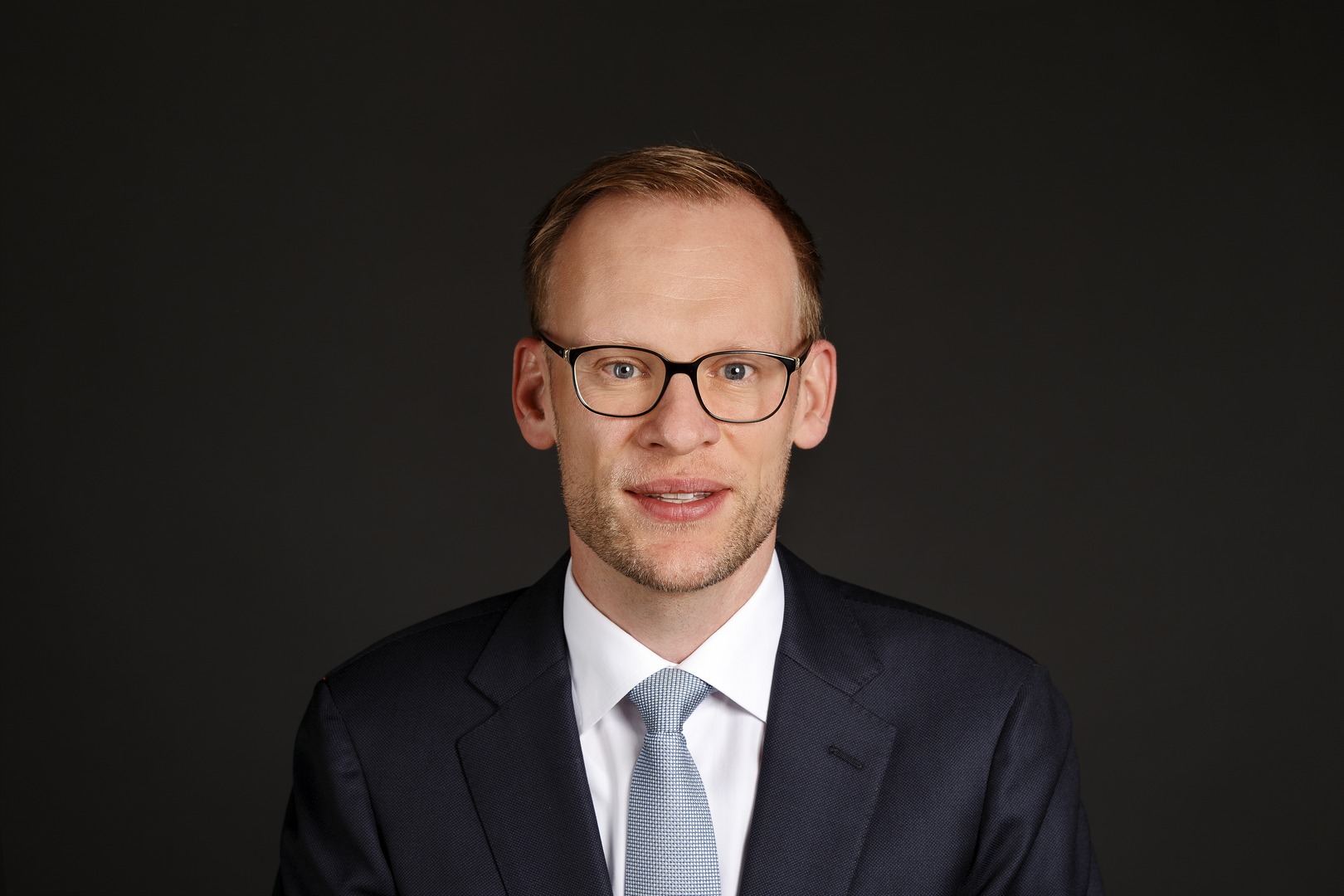The US yield curve has been reversed again and the United Kingdom is about to do so, which worries investors. According to the main asset managers, the fact that it is invested can indicate that, at best, investors expect the economy to slow down and at worst, that a recession could be on its way.
In the opinion of Keith Wade, chief economist at Schroders, “The US curve is a reliable indicator of recession, the UK curve less so. Nonetheless, if the US goes into recession it is hard for others not to go the same way given its importance as a driver of the world economy. So the double signal is important. There is normally a lag of about one year from inversion to recession so the curves are signalling problems for 2020.”
The same concern is shared by Mark Holman, Chief Executive Officer of Twentyfour AM (Vontobel), who acknowledges that the reversal of the curve is not good news. “In our opinion, the reversal of the yield curve is fully justified given the weight of geopolitical events, and one thing absolutely certain is that an inverted curve is not good news. The only question is how bad this news is and how it could convey and encourage greater economic concern,” he says.
“August doesn’t seem as calm as we would have thought. Tensions continue between the United States and China. The German and Swiss yield curve is in a negative territory, European equity markets continue to live out, while gold continues to rise. On the economic front, recessions in China and Germany are being felt. Although the global economy seems to resist, investors begin to fear that a recession is not far. However, the United States is managing to maintain a solid cycle and the latest figures show an acceleration in consumption. Central bank measures seem to have become the last line of defense to prolong the cycle and alleviate political tensions. However, it is by no means certain that this is sufficient between now and 2020,” says Igor de Maack, fund manager at DNCA, affiliated with Natixis IM.
For Holman, the investment of the curves is explained by the global slowdown that is continuing over time, and that keep markets restless. “A consequence of this is that fixed-income investors increase exposure to risk-free pure assets such as US, German or UK Treasury bonds, but to protect the portfolios they must maintain a duration greater than the normal, which is one of the main catalysts of the curve’s shape. As a result, the curves become lower and flatter, which is perhaps more sinister than higher and flatter returns, ”he explains.
This reading is what alerts the investor, who sees the possibility of a recession as more and more likely. But the managers ask for peace of mind and continue to insist that we are not facing a recession. “While we agree that the risk has increased, a recession over the next year is not yet an inevitable conclusion. Unlike the period prior to other recessions in the past in the US, current financial stability risks appear moderate, balance sheets are solid, family debt is manageable and the personal savings rate is high. All these fundamental factors should help cushion any economic recession,” say Tiffany Wilding, US economist, and Anmol Sinha, fixed income strategist at PIMCO.
The same message came out of the BlackRock Investment Institute (BII) in its weekly report: “We do not believe that the investment in the yield curve is a sign of recession and we believe that the accommodative turn of the central banks is dilating the growth cycle… Assets considered refuge, such as gold, rebounded. We continue to observe limited short-term recession risks, since the accommodative turn of the central banks helps to prolong the economic cycle, although we note that commercial and geopolitical tensions pose fall risks.”
“The reversal of the yield curve does not cause a recession, but it indicates that we are in an advanced phase of the economic cycle. So, instead of considering it a cause for concern, it could be a good time for investors to verify that their portfolios are well diversified and that their fixed-income positions can limit excess risk. In the final stages of the cycle it is especially important to determine whether fixed income positions offer diversification with respect to equities, as well as the appropriate level of balance,” concludes Jeremy Cunningham, Investments Director at Capital Group.




